2020’s list of most-underreported crises covers a wide array of humanitarian contexts. With this report, CARE keeps calling for more media coverage and ‘off the beaten track’-reporting. But how is this done? What are the main obstacles and rewards? We asked journalists from various countries to tell us about their job and how they go about covering humanitarian affairs. We invited professionals showing a continuous engagement for topics and regions that usually do not make the headlines. The stories featured here are not necessarily affiliated with CARE’s programs.
How Journalists Are Highlighting Forgotten Humanitarian Crises
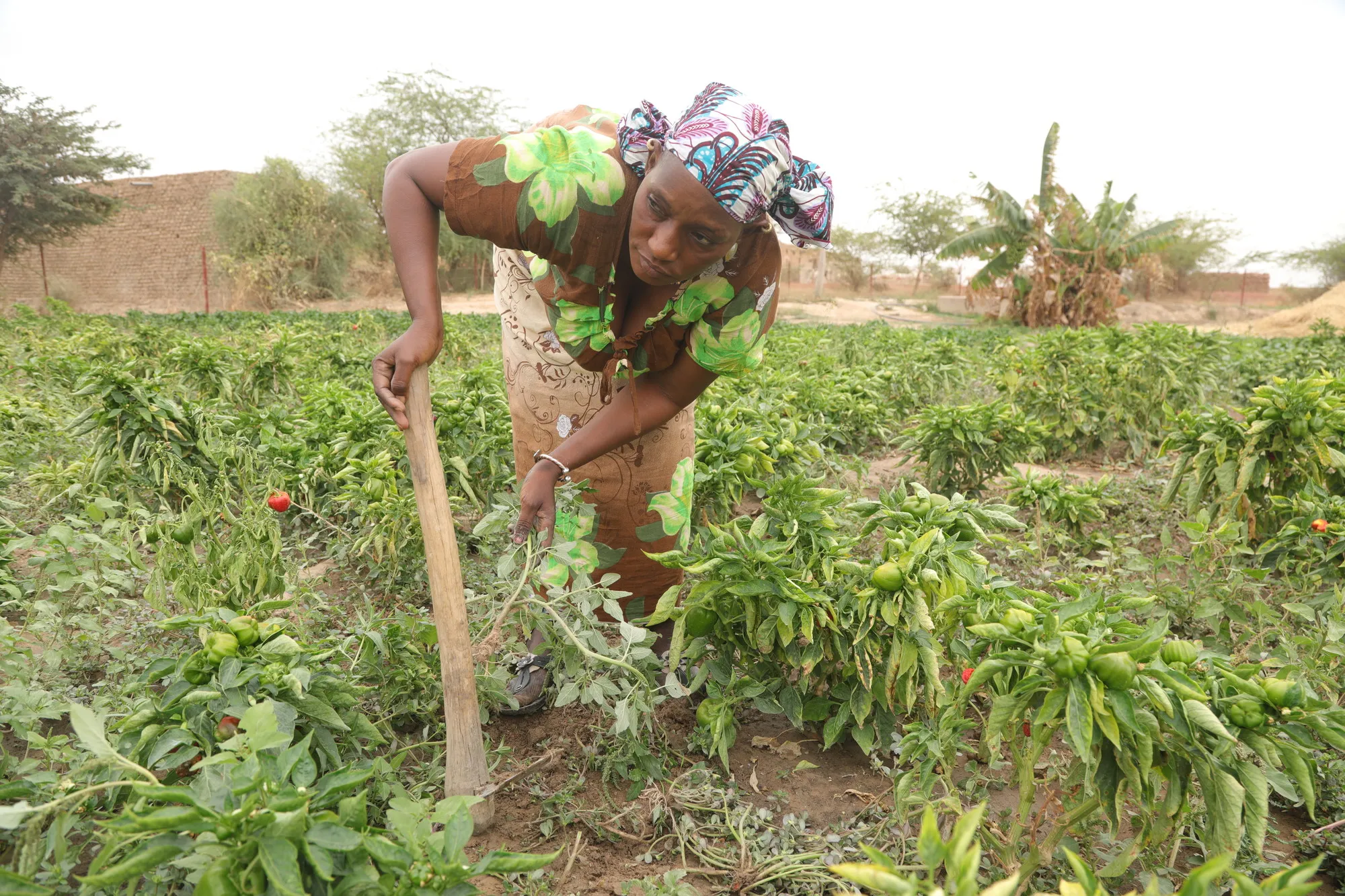
Almost two-thirds of Malians are employed in the agricultural sector. With farming and cattle rearing severely disrupted by violence, natural hazards, and COVID-19 prevention measures, the number of people in need of emergency aid spiked from 4.3 million to 6.8 million between January and August 2020. The situation in Mali is one of the 10 most under-reported humanitarian crises of 2020. Photo: Makmende Media
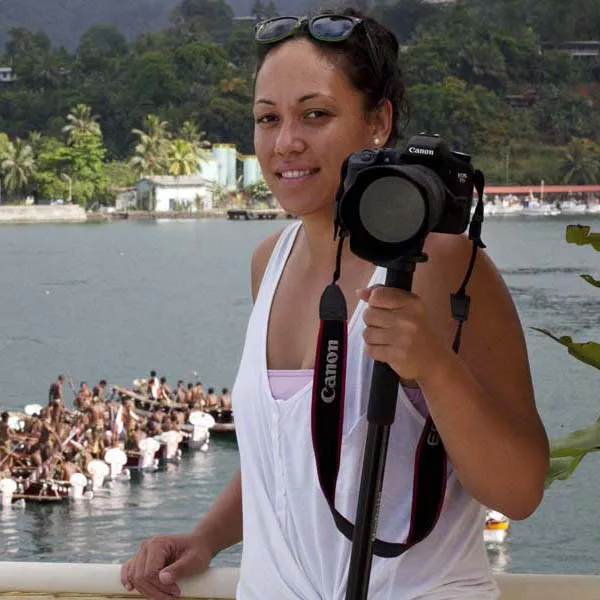
Kalolaine Uechtritz Fainu, Papua New Guinea
How do you find your stories?
I have been travelling back and forth to East New Britain province in Papua New Guinea for the past 12 months. Then I found myself caught on the remote island when the country entered a lockdown and all flights were grounded. I often walk around with a camera and make short video content for various blogs or social, but I found bigger stories worth pitching to The Guardian through my local investigations. I need to connect with a story to bring it to life.
What challenges do you encounter during your research?
Moving around was challenging, although it helps to have good connections within the community. I am usually accompanied by a guide who takes me into various villages and introduces me to people. Communication is always difficult in PNG: getting in contact with people sometimes requires driving to a village and asking a local shop keeper if they know this person and getting vague directions to turn left at the big mango tree… and when you get there there’s a whole row of mango trees. But these moments are the exciting part of my research and often these winding roads will lead you to discover a lead you didn’t know about.
What is the feedback you get for your stories?
The first COVID-19 related story I wrote was from the perspective of a nurse who shared the everyday challenges faced by health staff, even before the virus came along. Her story was honest and raw and spoke of the terrible state of the health department in one province. The Facebook commentary was quite overwhelming: I was named a ‘toilet paper head’ by some Papua New Guineans who saw the story as an insult and my own opinion, rather than the experiences of a frontline worker. Others even threatened me. But it was heartening to read supportive comments saying that the story rings true for clinics across the nation.
How do you work under COVID-19 restrictions?
The pandemic has been very beneficial in some ways. I have been contacted by many international organizations and media to provide production services as their own staff are grounded. As far as working on the ground, I have been lucky enough to be able to move around and have access to most things I am researching. If you connect with the right people, you’ll always find a way and technology has also allowed us to connect with and interview people.
Do you have a tip to share for humanitarian reporting?
It pays to shake hands and connect with as many people as you can. Networking opens the doors to finding the right people. Spend time with people first, let them become familiar with who you are before you barge in with a camera and start asking questions. Most people want to share their story, but they want to trust you first.
Web: https://www.achildofoceania.com/media
Twitter: @_diamontaro
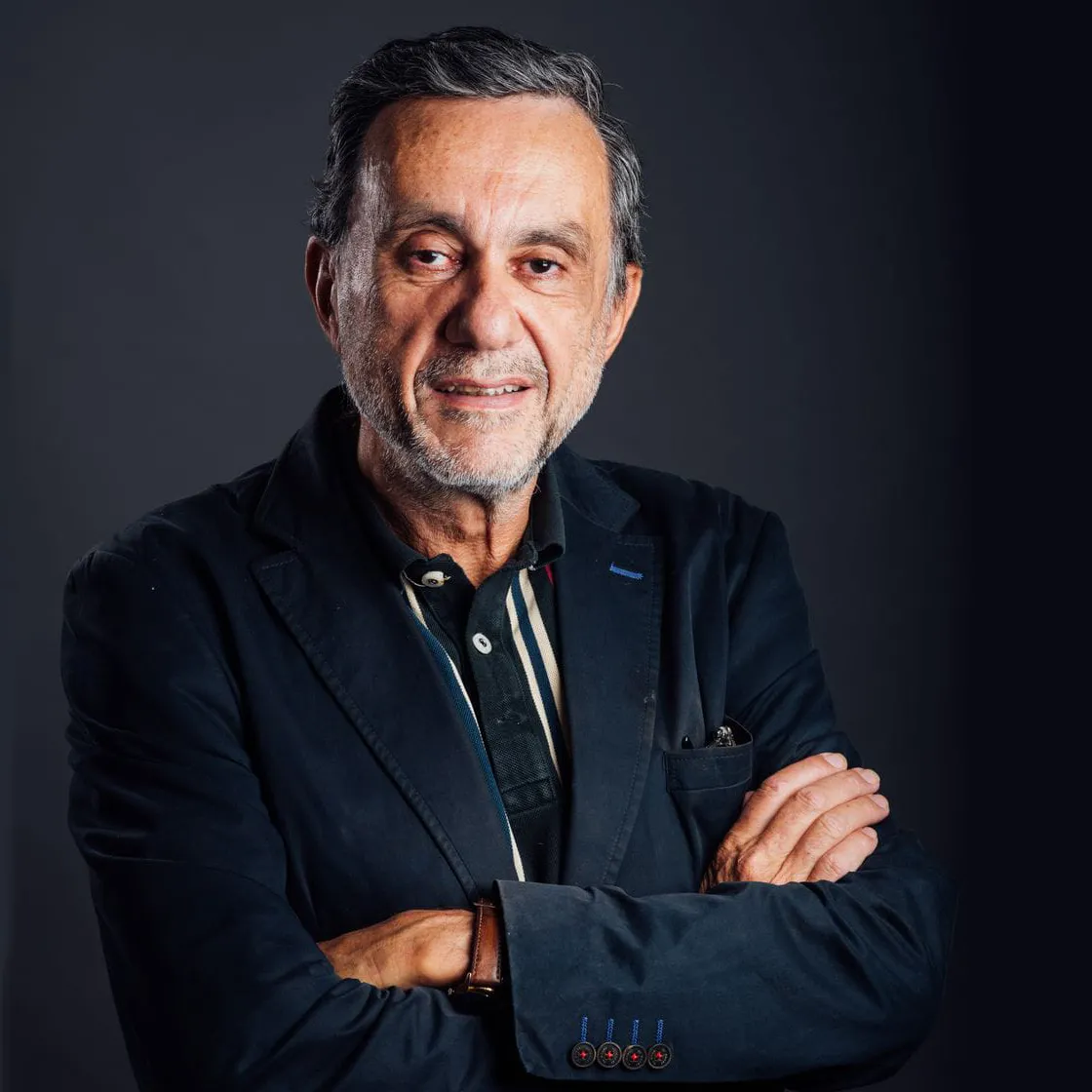
Pierre Cochez, France
How do you find your stories?
I oversee humanitarian and development issues at La Croix, so I look at how communities in developing countries deal with crises, organize themselves and so on. The people I meet are truly impressive and full of energy. Recently I did a report on Haiti because the earthquake in Port-au-Prince happened 10 years ago and it’s a country in chronic crisis. No media covered the situation.
What challenges did you encounter?
The main challenge was security. Before leaving to Haiti, the editor-in-chief wanted to make sure that I left knowingly and with all possible precautions: I had a driver already known by the editorial staff from a few years ago, a safe hotel, I was not supposed to go out on foot and alone, I had to lock up the room at night, and could not leave the capital.
What type of feedback do you get for your stories?
Most of the time, readers tell me: “It is terrible what these people are going through.” But I don’t really like this reaction. I write with the intent to let everyone know about the strength and resilience of people faced with a crisis. We once did a two-page interview with a homeless man in France. We treated him like a VIP and did a great studio photo shoot. Later, our editorial staff received a donation of several thousand Euros to be handed to the association the man volunteered at. This is amazing feedback. But in the end, what counts most for me is that the people I meet and portray tell me: “Yes, you wrote the truth. This is our reality.”
How do you do your research and reporting in times of COVID-19?
I wrote articles when the whole world was in lockdown, calling contacts from all over the world. For the first time, we were all going through the same thing. Everyone was afraid. But for me, my job is to go out in the field and report what people do and what they think. Right now, I can’t, but I know I will again. I am still curious to learn about and from people. I would tell every journalist: Stop doing the job if you think you know the answer before asking the question.
Web: https://www.la-croix.com
Twitter: @PierreCochez
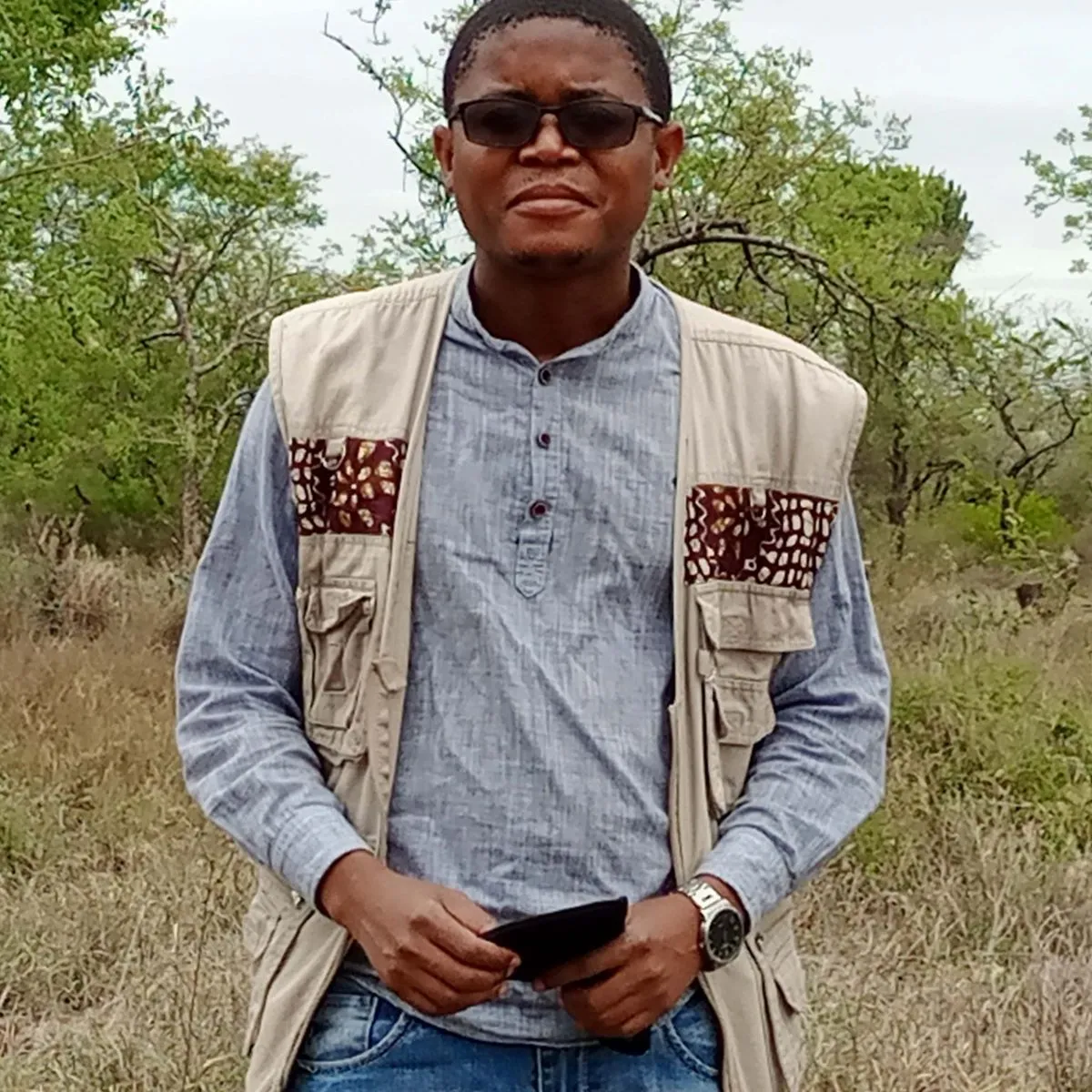
Omardine Omar, Mozambique
What challenges do you encounter during research?
I wrote one report about Cyclone Idai that occurred in 2019 and looked at the issue of donations that did not reach needy families in the city of Beira. The challenges I encountered were enormous, including having to enter flooded areas and houses with ceilings in danger of collapsing at any time. I found it hard to deal with the emotions of survivors who had no food and other material things. There is a thin line between being a journalist and turning into an activist.
What reactions did you get for this story?
The feedback was positive, as the publication helped many families who had not received any support. As a journalist, I am happy to see that an uncovered issue serves to bring justice to those usually marginalized. But uncovering such issues can bring about major problems as well, namely political pressure and persecution. Even in the face of people’s suffering, some prefer to hide the truth. This trip to Beira was my first as a staff member of the media company “Carta de Moçambique”. Since then I have been asked to report on many more stories.
How has your reporting changed due to COVID-19?
When the pandemic broke out, I was attacked several times by government agencies for exposing the dramatic circumstances of families living inside and outside of Mozambique. On June 25, I was arrested and wrongly convicted for reporting extortion and bribery committed by the Maputo police. My arrest suggests that the government is using the pandemic to persecute people or troublesome journalists. Currently I continue to follow cases, although travel restrictions and lack of funding due to the pandemic are obvious. To be honest, our finances as a newspaper have dropped dramatically, although we continue to work more than before.
Web: www.cartamz.com
Twitter: @OmarRajua
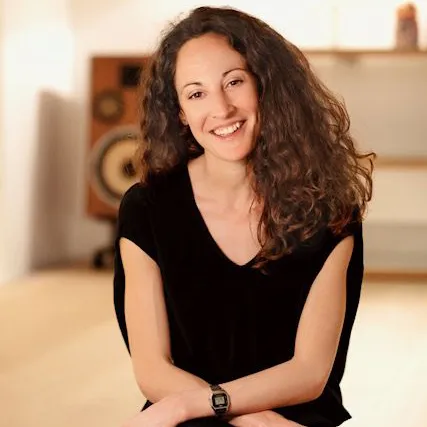
Sam Mednick, Burkina Faso
How do you usually find your stories?
For several years I have been based in countries experiencing severe humanitarian crises and this has allowed me to do more in-depth reporting on the driving factors contributing to these crises. I try to take every opportunity to travel the country and speak with as many people as I can from different vantage points to give the stories more nuance and context. This also helps me find important stories that are often underreported.
What challenges do you encounter during research?
For one story about Syrian refugee women battling abuse amid COVID-19, which I did for the New Humanitarian’s ‘She Said’ series, it was initially hard to find women willing to speak about their harrowing experiences and to do so over the phone. Reporting on violence against women and girls is something that needs to be done with sensitivity and respect and it’s hard to establish trust with people remotely.
Do you have a tip to share for other journalists?
Put people’s stories at the heart of the reporting. It’s hard to get people to care about places they’ve never been to and contexts that are hard to understand, especially with so many crises going on in the world. But it’s easier for people to connect if they can relate to or empathize with someone’s individual experience. Also, never assume that just because a crisis is not being covered extensively (or at all), that media outlets are not interested. Neglected crises become more neglected when people think they’re not worth covering.
Web: http://sammednick.com
Twitter: @sammednick
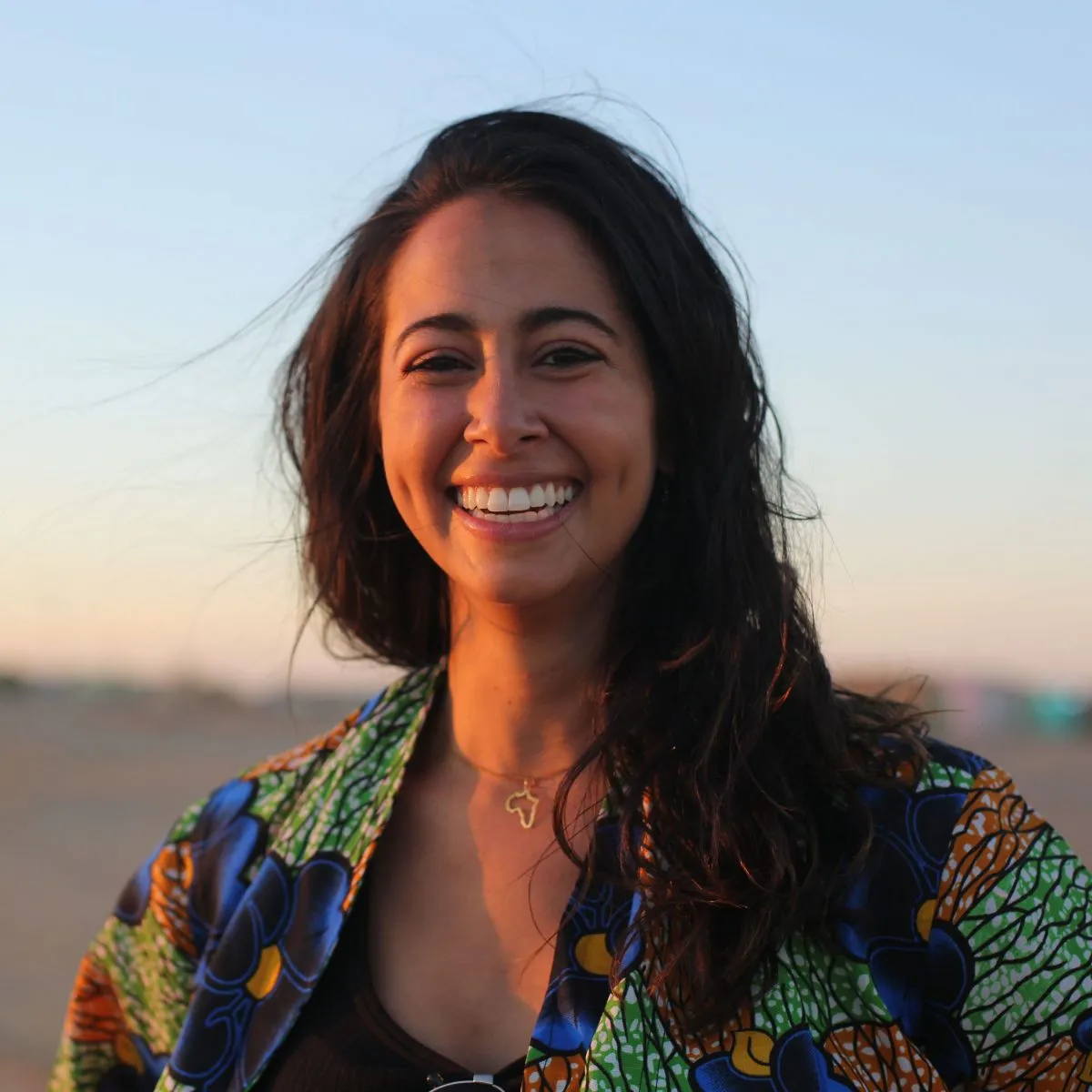
Neha Wadekar, Kenya
How do you usually find humanitarian stories?
Since starting to work in East Africa more than four years ago, I have developed a network of sources and contacts, ranging from staff at various nonprofits, to government officials and most importantly, people on the ground. Often, my story ideas come from the most unexpected places – an Uber ride across town or a conversation at a cafe, for example. I also take time to read reports, news briefings and coverage from other reporters working in the region. These can be important sources of information and inspiration.
What challenges do you encounter?
One of the biggest challenges I face when reporting humanitarian stories from East Africa is getting funding and support from grantors and publications. It can be difficult to convince a funder or editor based in New York or London that a particular crisis, especially a crisis that so deeply impacts women and girls, is worth the money, investment and space.
How has COVID-19 affected your work?
When COVID-19 was ramping up in Kenya, I did as much research and reporting as I could via phone, WhatsApp, Skype and Zoom. This was to ensure that I was not putting anyone, especially my most vulnerable subjects, at risk of contracting the virus. As we have learned more about the transmission of COVID-19, I have begun field reporting again. But I operate cautiously and carefully, always wearing a mask, washing my hands, keeping a distance and taking every precaution to protect myself, my sources and my reporting team.
Do you have a tip to share for other journalists interested in covering neglected crises?
Perseverance! These types of stories are some of the most underreported, undervalued articles in the media world. They are also some of the most important. If you believe a story is worth telling, then keep pitching. Keep pushing. Keep applying for funding. Keep making your case. Eventually, you will find fantastic editors and supporters of your story who will believe in it as much as you do and who will help you bring these important issues to light.
Web: www.nehawadekar.com
Twitter: @NehaWadekar
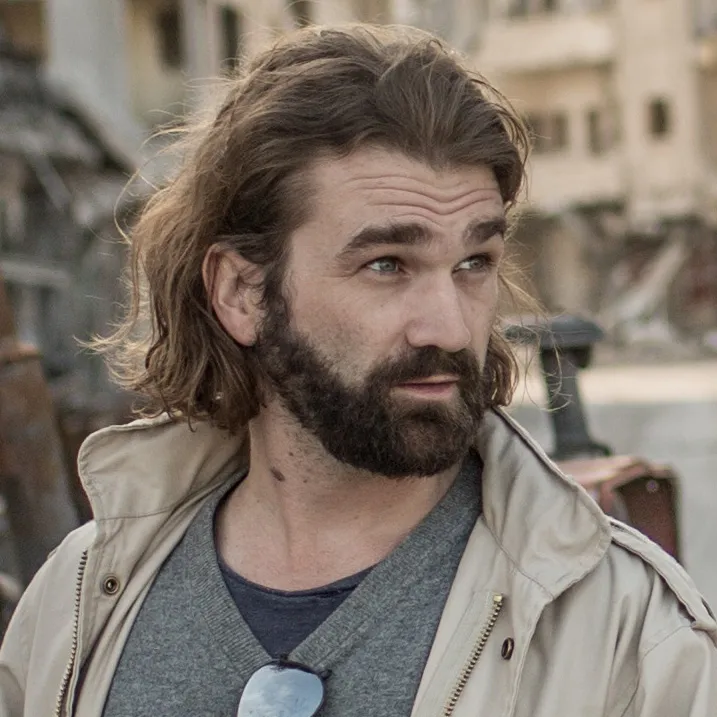
Fritz Schaap, South Africa
How did you find the main protagonists for your report on Mali?
We originally went to Mopti to cover the story of a former commander of a jihadist militia, who now tries to steer fighters away from militias and integrate them back into society. With mixed results, one must say. Apparently, those ex-fighters staying in his camps continued to pillage the neighboring villages. This man was supposed to accompany the Malian prime minister to Ogossagou, a place where at least 31 people had been brutally murdered. And it sadly was not the first time the town faced such terror. In 2019, around 160 people were killed in a massacre, this led to a massive international outcry. A UN special advisor back then warned of a growing ethnicization of the conflict. In the end, multiple factors lead to the original story not working out and we decided to concentrate our reporting solely on Ogossagou. We then met the leaders of the different groups in Sevaré.
What challenges did you encounter?
The biggest challenge in central Mali is security. The situation in Sevaré further escalated while we were there. There was continuous fighting between different militias and jihadists. Military vehicles belted down the roads at night. The jihadists try to build a corridor through Mali, from Mauritania down to Burkina Faso in order to divide the northern region from the south and the capital Bamako. Two small ‘caliphates’ already exist in the Mopti region: one in Youwarou and one in Tenenkou. Security tends to be a bit better in these places. The government starts to slowly lose control of this region.
Web: www.spiegel.de
Twitter: @FritzSchaap
